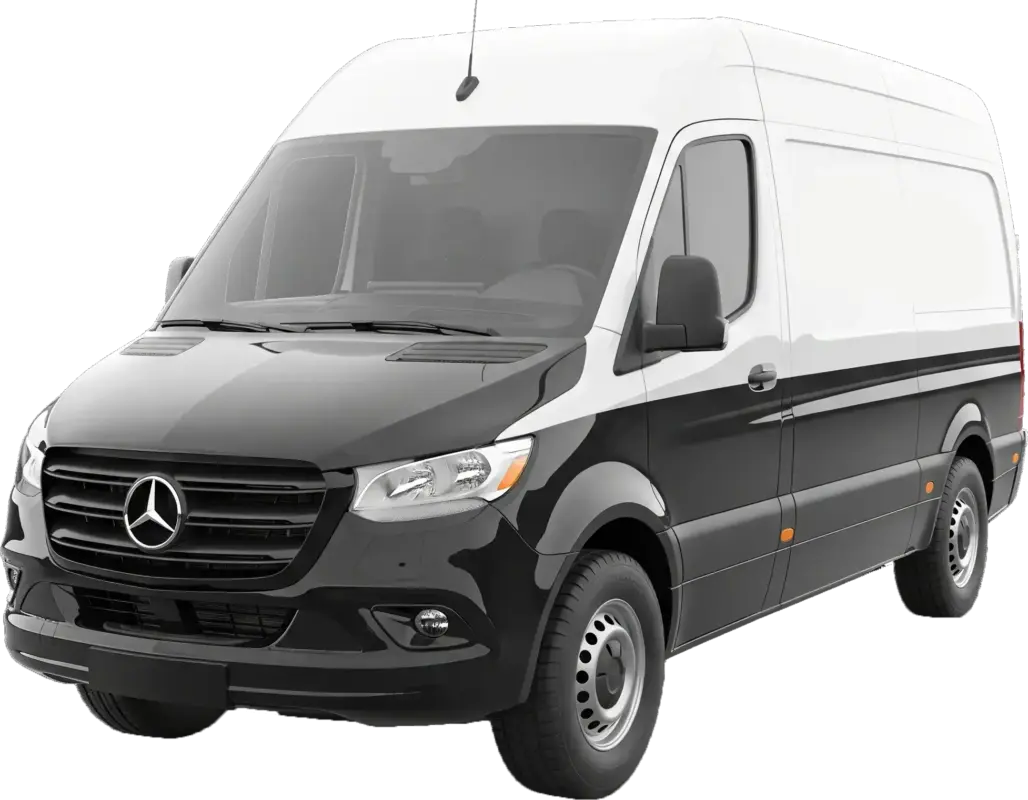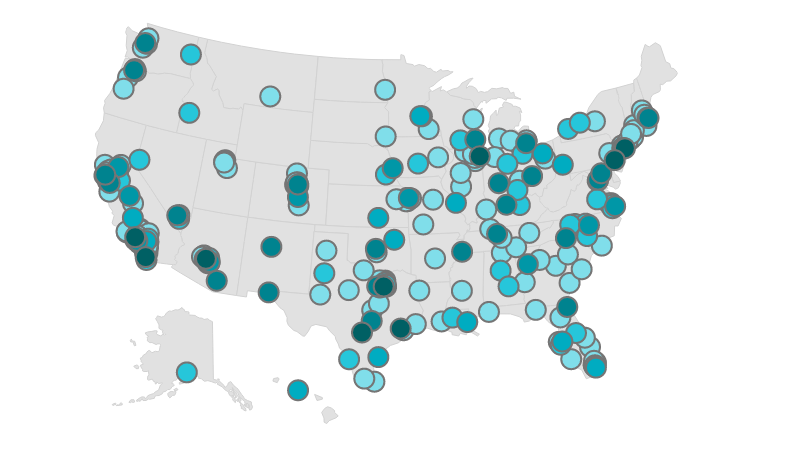What is a Rear Stabilizer Bar Bushing and How Does It Work?
The rear stabilizer bar (also known as the sway bar) is a suspension component designed to reduce body roll during turns, keeping your vehicle stable and balanced. The stabilizer bar is mounted to the chassis using rubber or polyurethane bushings that hold it securely in place while allowing controlled movement.
The rear stabilizer bar bushings absorb vibration, reduce noise, and ensure the sway bar functions properly. Without them, the bar cannot effectively stabilize the vehicle.
Why the Rear Stabilizer Bar Bushings Matter
Over time, bushings wear out due to heat, road salt, moisture, and constant flexing. When they deteriorate, the sway bar becomes loose, reducing handling performance and increasing body roll in corners.
Replacing worn stabilizer bar bushings restores handling, reduces noise, and helps your suspension components last longer.
Important to Know:
- Stabilizer bar bushings usually last 50,000–100,000 miles, but harsh conditions can shorten their lifespan.
- Worn bushings often cause clunking noises, especially when driving over bumps or making turns.
- In many cases, bushings are inexpensive, but ignoring them can damage the sway bar and other suspension parts.
How Rear Stabilizer Bar Bushing Replacement is Done:
- Inspect the sway bar and bushings for wear, cracking, or looseness.
- Safely lift and support the vehicle.
- Remove the brackets holding the old bushings in place.
- Replace with new OEM-quality bushings.
- Reinstall brackets and torque bolts to manufacturer specifications.
- Inspect end links and sway bar for any additional wear.
- Test drive to confirm stability and noise-free operation.
When to Replace Rear Stabilizer Bar Bushings:
- When clunking or rattling noises occur in the rear suspension.
- As part of routine suspension service every 50,000–100,000 miles.
- If the sway bar shows excessive play or looseness.
Signs You May Need Rear Stabilizer Bar Bushing Replacement:
- Clunking or squeaking noises when driving over bumps
- Poor handling or excessive body roll in corners
- Uneven or accelerated tire wear
- Vehicle feels unstable at higher speeds or during turns
How Important is This Service?
While stabilizer bar bushings don’t usually cause immediate safety issues, they significantly affect handling, comfort, and suspension life. At Nationwide Mechanics, we replace worn bushings with durable, high-quality parts to restore a smooth, quiet, and stable ride.




